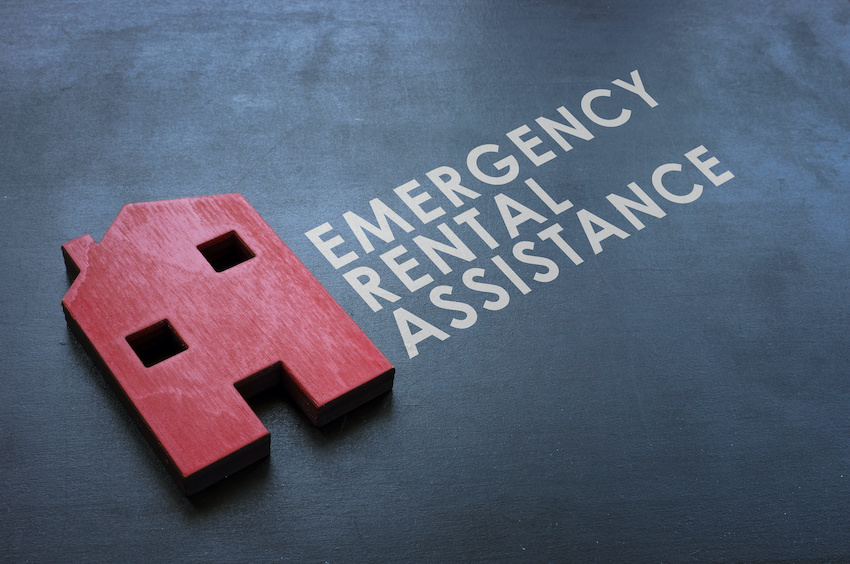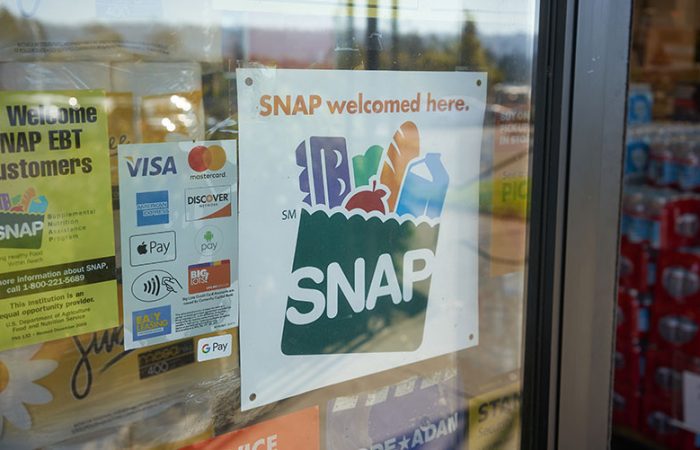A new order was issued by the CDC on August 3, 2021 to halt evictions in counties where COVID-19 cases are climbing rapidly. If you already submitted a CDC Declaration and it still holds true you do not need to resubmit anything to your landlord. However, if you have not given notice to your landlord it is imperative that you take action today.
Steps You Need To Take To Avoid Eviction
First and foremost you need to make sure you qualify, which means proving financial hardship and income as well as prevalent COVID-19 transmission in your community.
Income
- You received a stimulus check in 2020 OR 2021
- Earned less than $99,000 as an individual or less than $198,000 as a joint filer
- You already receive benefits from other government programs such as SNAP, TANF, SSI or SSDI
- You were not require to report income to the IRS in 2020
Prove Financial Hardship: Inability to pay rent for one of the following reasons
- You were laid off
- Wages or work hours have been cut
- Household income has gone down a significant amount
- Your medical expenses exceed 7.4% of your adjusted gross income
Check Local COVID-19 Transmission
Use this CDC tracker to check the number of cases reported in your area, and if you area is considered a “High Risk” zone.
Once you can prove you qualify by checking a box in each of the three categories above then you can sign and submit your declaration.
By signing and submitting this declaration you are protected until October 3, 2021.
Free Housing Help Available
Each county is unique, but you can get help from your local Department of Housing and Urban Development (HUD). Additionally, the U.S. Department of Treasury is providing billions of dollars in aid via the Emergency Rental Assistance (ERA) program to your local programs for distribution.
You apply to receive a portion of these funds by submitting an application. Find the appropriate application for your location and situation HERE.
What Emergency Rental Assistance Covers
The federal ERA Program allows local programs to cover rent, utilities, and home energy costs. This includes electricity, gas, fuel oil, water and sewer, and trash removal. If your landlord normally pays for utilities or home energy costs, these are counted as part of your rent.
Note that the eligibility to emergency rental assistance is contingent on household income and proof of hardship as listed above.
Transitional Housing: Solutions for Immediate Relief
There are several instances that could put someone in need of immediate temporary housing. To name a few, job loss, financial hardship, domestic abuse, and foreclosure are more common than you may think and could result in someone seeking shelter in their car. Some people may not have a car and that’s where transitional housing becomes beneficial.
Temporary transitional housing is a supportive program that provides a temporary solution between homelessness and a permanent home.
Emergency Shelters
Emergency shelters are the first type of transitional housing. With emergency shelters, the program targets people who need urgent shelter. Most people seek emergency shelter when they are financially struggling, and sometimes afterwards, too. Emergency shelters offer people basic housing needs which give you the chance to get back on your feet. Unfortunately, emergency shelters operate on a first come first serve basis so it may sometimes require that you wait for hours in a line to guarantee you’ll get a spot.
Transitional Shelters
Transitional shelters provide temporary housing for families and individuals who do not have permanent housing. With transitional shelters, you can stay from six to 24 months, as a tenant. Unlike emergency shelters that are only accessible for a few hours, you can stay for much longer in transitional shelters.
Rapid Re-Housing (RRH)
Rapid Re-Housing is a different type of transitional housing. Unlike emergency and transitional shelters, RHH provides housing assistance to needy families and individuals, helping them find a home as efficient as possible. You will be able to rent a housing unit for you and your family, along with temporary community support services. The main purpose of the Rapid Re-Housing program is to combat homelessness and reduce the probability for individuals and families to face homelessness.
Permanent Supportive Housing (PSH)
The final type of transitional housing is permanent supportive housing (PSH). This type of housing program offers permanent and stable housing units to needy families and individuals. The main goal of Permanent Supportive Housing is to help people who are diagnosed with a disability and are homeless on a constant basis. With Permanent Supportive Housing, the program will give you a stable housing unit and supportive services that complement your housing issues.
Are There Other Forms of Housing Assistance?
If transitional housing is tough to secure in your area there are some other options available to you.
- Housing Choice Voucher Program (Section 8 Assistance) – this program provides eligible recipients with housing vouchers. These vouchers cover your housing costs less 30% of your income. You must prove you have eviction history, required family/household size, your income level and citizenship status
- Privately-Owned Subsidized Housing – these housing facilities are owned by individuals vs. the government. The incentive for the owner is that the government financially compensates the property owner. The property owner reserves the right to set their own conditions regarding who can be a tenant, and you will be required to pass a criminal background check. Your income must also be below a certain threshold (as determined by location.)
- Public Housing – funded by the federal government, this type of housing is available to citizens and legal residents. As for the next step, you need to meet with a local Public Housing Authority agent in person. Additionally, you need to meet low income requirement and pass a criminal background check. Contact your local Public Housing Authority (PHA) to better understand the application process and timeline for securing your public housing.
Hopefully this article provided some insight on the multiple housing options that could help you combat homelessness. Transitional housing, emergency shelters, rapid re-housing, or permanent housing can provide immediate relief in your area, whereas public housing, section 8 assistance, privately-owned subsidized housing could be a more long-term solution that comes with a longer process. Contact your local Public Housing Authority for more details.
If you have an injury or illness that prevents you from working a full-time job, you could receive up to $3,148 per month in Government support. If you are interested in getting approved for Social Security Disability Benefits, click the button below and complete the quick 30 second form now.



